In the dynamic world of software development, it’s not just about building what’s essential for your customers. Sometimes, it’s wise to include non-essential features that might not see immediate usage. One such example is the often-requested but infrequently utilized feature of single-sign-on, also known as Enterprise Login. This approach might sound counterintuitive, but let’s explore why incorporating such features can be a shrewd move for software developers.
1. Addressing Prospective Customer Objections:
Imagine this scenario: You’re pitching your software to a potential client, and they raise concerns about the software’s suitability for enterprise-level operations. Even though they might not actively use the single-sign-on feature, the mere presence of such a robust authentication system can alleviate their concerns. It showcases your software’s readiness to handle complex security requirements, ultimately reducing objections and boosting your chances of landing the deal.
2. Demonstrating Scalability:
Including non-essential features like single sign-on is akin to future-proofing your software. As your client’s business grows, their needs will likely evolve. What might seem like an unnecessary feature today could become a critical requirement tomorrow. Having these features readily available makes your software a scalable solution that can seamlessly adapt to changing demands. This not only strengthens your client relationships but also saves time and effort when upgrading the software.
3. Enhancing User Experience:
While some features might not be extensively used, they can significantly enhance the user experience. Single-sign-on, for instance, simplifies the authentication process and reduces the need for users to remember multiple credentials. This streamlined experience can lead to higher user satisfaction and engagement, even if users aren’t fully aware of the feature’s technical intricacies.
4. Leveraging Competitive Advantage:
In a competitive market, having diverse features, even if they’re not frequently utilized, can set your software apart from the rest. Customers often evaluate multiple options before making a decision. Your software’s ability to offer a comprehensive suite of features, including those that address potential future needs, can give you a competitive edge. It demonstrates your commitment to innovation and a forward-thinking approach to software development.
5. Catering to Varied Client Requirements:
Client requirements can vary widely. What might be considered essential for one client might be non-essential for another. By incorporating a diverse set of features, you position your software as adaptable and capable of meeting the unique needs of a diverse clientele. This flexibility can be a persuasive selling point, especially when dealing with clients from different industries and geographical locations.
6. Embracing the Smart Home Enthusiast Spirit:
Drawing parallels from Smart Home products, think of non-essential software features as the equivalent of having a variety of Smart Home devices, each serving a specific purpose. While you might not use all of them daily, their presence adds value to your home and enhances its functionality. Similarly, non-essential features enhance the functionality of your software and contribute to its overall appeal.
Conclusion
In conclusion, including seemingly non-essential features like single sign-on in software development is a strategic move beyond immediate utility. It addresses objections, demonstrates scalability, enhances user experience, and provides a competitive advantage. By adopting this approach, you position your software as a comprehensive solution that meets evolving client needs and industry demands. Just as your Smart Home setup reflects your enthusiasm for technology, these additional features reflect your commitment to delivering top-notch software solutions. So, next time you’re considering including that seemingly “unnecessary” feature, remember the broader strategic benefits it can bring your software and clients.
